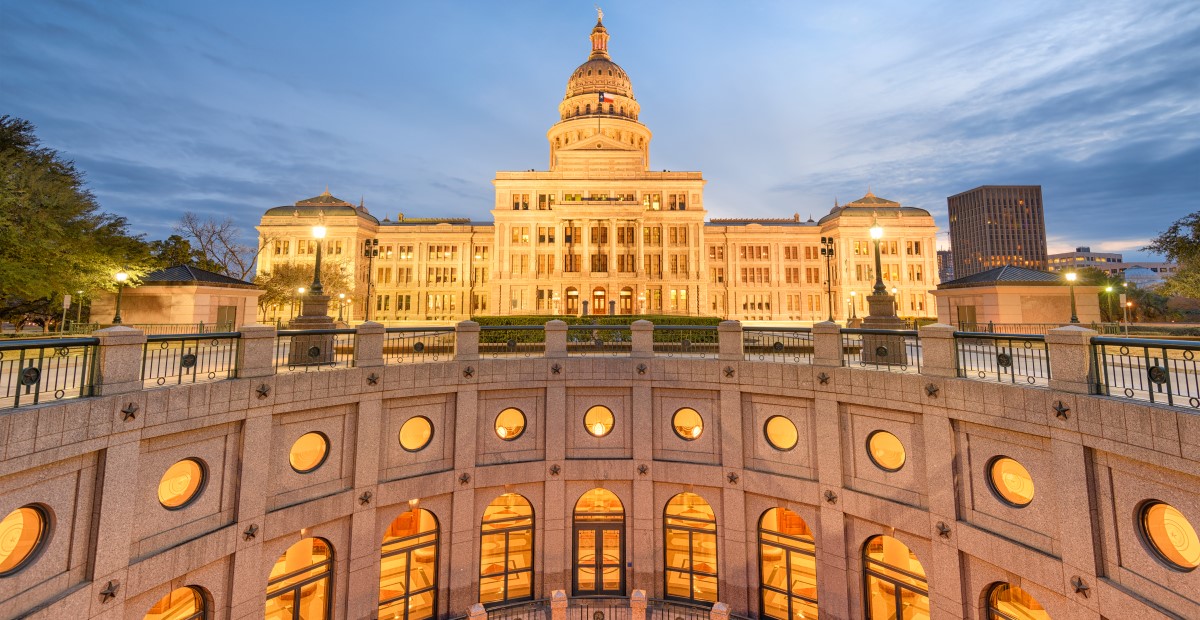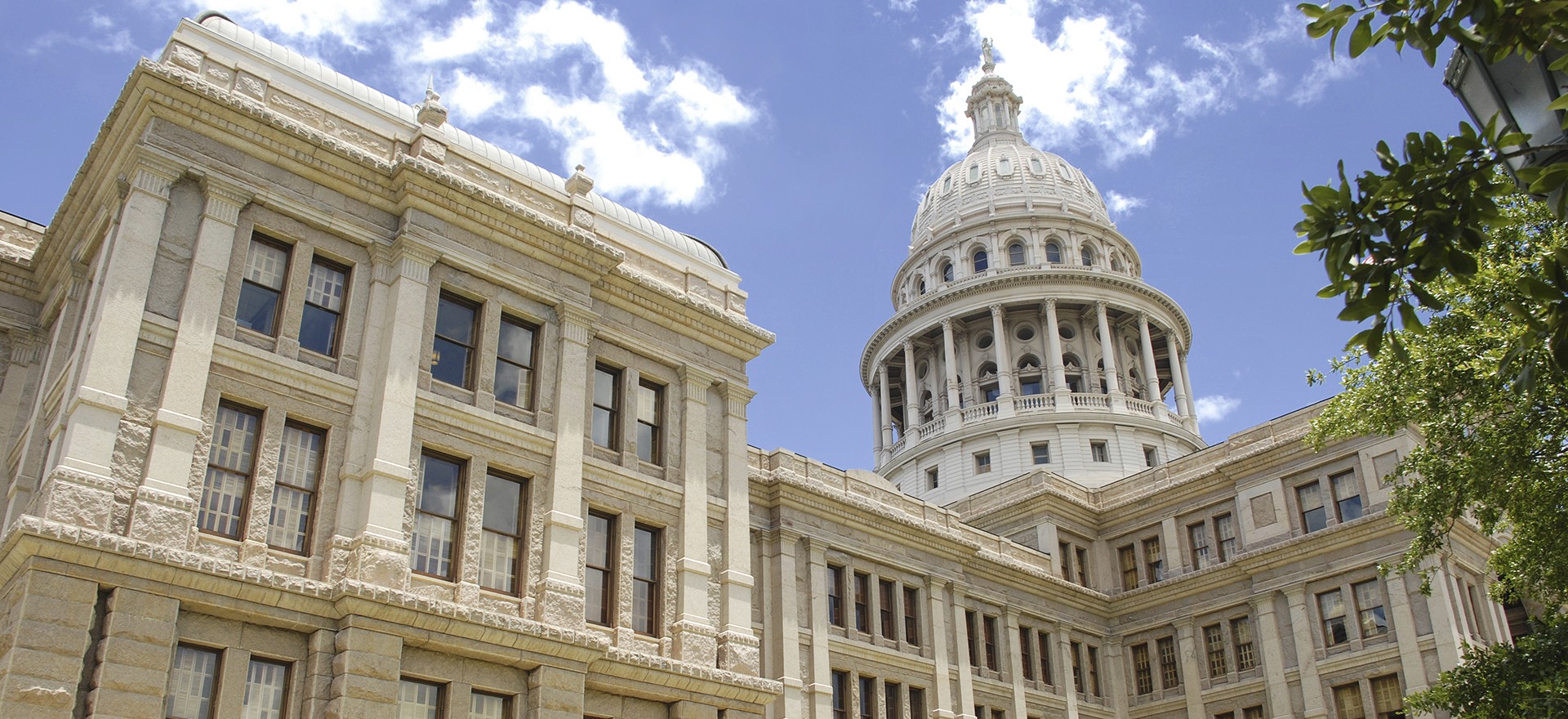Here's how TRS legislation ended up in the 86th legislative session

Retirement | TRS | Social Security Texas Legislature
Date Posted: 5/28/2019 | Author: Monty Exter
 As the 86th legislative session came to a close yesterday, there were some significant changes made to the Teacher Retirement System (TRS) that warrant a closer look.
As the 86th legislative session came to a close yesterday, there were some significant changes made to the Teacher Retirement System (TRS) that warrant a closer look.
TRS Pension Reform
Senate Bill (SB) 12 by Sen. Joan Huffman (R - Houston), sponsored in the House by Rep. Greg Bonnen (R - League City), was passed 31:0 in the Senate and 145:1 in the House on the last day to pass bills. The bill will immediately reduce the funding window on the Teacher Retirement System (TRS) pension from over 90 years to pay off the unfunded liability to under 30 years. Reducing the time frame to less than 30 years also allowed the legislature to provide current retirees with an additional pension payment during the current fiscal year. The 13th check, as the supplemental payment is often called, will be the amount of the retiree's regular monthly annuity payment up to a maximum amount of $2,000. ATPE was strongly in support of shoring up the TRS pension fund as it will ensure that the primary retirement income for many Texas educators will be viable for decades to come. The passage of SB 12 also saves the state and taxpayers hundreds of billions of dollars in interest on the pension fund's liabilities, and it puts the TRS fund in a position for policymakers to begin considering a permanent cost of living adjustment for retired educators as early as the next legislative session in 2021. SB 12 calls for the state's contribution to immediately increase from 6.8% to 7.5% in the 2020 fiscal year, which begins on Sept. 1, 2019. The state contribution rate will then continue to increase over time until the rate reaches 8.25% in 2024. School districts not paying into Social Security currently contribute 1.5% to the pension fund. Beginning in the 2019-20, all school districts will contribute toward TRS pensions with the district rate increasing by a tenth of a percent each year beginning in the 2021 fiscal year, until the district rate reaches 2% in 2025. Active school employees' contributions to TRS will remain at their existing rate of 7.7% for the next two years. Employee contributions will increase to 8% in the 2021-22 school year and 8.25% the following year. Aside from injecting more money into the TRS pension fund, SB 12 contains a few additional provisions that are worth noting. For one, the bill maintains a provision that ensures that if the state's contribution to TRS should decline in the future, then school district and active employee contributions to the fund would be reduced by the same percentage. It is worth noting, however, that any future legislature could vote to change this. SB 12 also includes a change for the handful of school districts that currently pay into Social Security on behalf of their employees. As noted above, those districts that opt to make Social Security contributions will no longer enjoy an exemption from paying into TRS, which Rep. Greg Bonnen said would add about $20 million per year to the fund. Only institutions of higher education will now be exempt from participating in contributing into the TRS pension fund for their covered employees. Here is a summary of the details provided by TRS staff on how the final adopted version of SB 12 is funded over time:
ATPE was strongly in support of shoring up the TRS pension fund as it will ensure that the primary retirement income for many Texas educators will be viable for decades to come. The passage of SB 12 also saves the state and taxpayers hundreds of billions of dollars in interest on the pension fund's liabilities, and it puts the TRS fund in a position for policymakers to begin considering a permanent cost of living adjustment for retired educators as early as the next legislative session in 2021. SB 12 calls for the state's contribution to immediately increase from 6.8% to 7.5% in the 2020 fiscal year, which begins on Sept. 1, 2019. The state contribution rate will then continue to increase over time until the rate reaches 8.25% in 2024. School districts not paying into Social Security currently contribute 1.5% to the pension fund. Beginning in the 2019-20, all school districts will contribute toward TRS pensions with the district rate increasing by a tenth of a percent each year beginning in the 2021 fiscal year, until the district rate reaches 2% in 2025. Active school employees' contributions to TRS will remain at their existing rate of 7.7% for the next two years. Employee contributions will increase to 8% in the 2021-22 school year and 8.25% the following year. Aside from injecting more money into the TRS pension fund, SB 12 contains a few additional provisions that are worth noting. For one, the bill maintains a provision that ensures that if the state's contribution to TRS should decline in the future, then school district and active employee contributions to the fund would be reduced by the same percentage. It is worth noting, however, that any future legislature could vote to change this. SB 12 also includes a change for the handful of school districts that currently pay into Social Security on behalf of their employees. As noted above, those districts that opt to make Social Security contributions will no longer enjoy an exemption from paying into TRS, which Rep. Greg Bonnen said would add about $20 million per year to the fund. Only institutions of higher education will now be exempt from participating in contributing into the TRS pension fund for their covered employees. Here is a summary of the details provided by TRS staff on how the final adopted version of SB 12 is funded over time: 
TRS Healthcare
ATPE hoped that the conference committees for SB 12 and House Bill 3, the omnibus school finance bill that also passed, would find better ways to help active and retired teachers deal with the rising costs of their healthcare. There were internal discussions about increasing the state share of active employee health insurance costs. Currently, the state pays $75 per month toward premiums and requires school districts to pay a minimum of $150 per month on behalf of their staff. Employees cover the rest of the cost of their health insurance premiums. SB 12 significantly increases the state's share of contributions going into the TRS pension system, and the final version of HB 3 does require districts to spend additional dollars on employee compensation (which could include increasing the district's share of health insurance costs). Despite these improvements, neither bill addressed the inadequacies of the state's share of active employee premiums in the end. State lawmakers did make good on their pre-session promises not to raise TRS-Care rates for retiree health insurance. The state budget in House Bill 1 includes $230 million in supplemental funding to cover the projected shortfall in the TRS-Care trust fund. State leaders pushed TRS not to raise rates last fall when it became apparent that the amount of the shortfall for the upcoming biennium was going to be less than originally projected. The savings were largely due a combination of successful TRS contract negotiations and favorable provisions of the federal Affordable Healthcare Act taking effect. Unfortunately, barring a substantial change in the healthcare landscape, the projected shortfall for the 2022-2023 biennium is much larger than what lawmakers had to deal with this session to address the shortfall expected for the next two years.
State lawmakers did make good on their pre-session promises not to raise TRS-Care rates for retiree health insurance. The state budget in House Bill 1 includes $230 million in supplemental funding to cover the projected shortfall in the TRS-Care trust fund. State leaders pushed TRS not to raise rates last fall when it became apparent that the amount of the shortfall for the upcoming biennium was going to be less than originally projected. The savings were largely due a combination of successful TRS contract negotiations and favorable provisions of the federal Affordable Healthcare Act taking effect. Unfortunately, barring a substantial change in the healthcare landscape, the projected shortfall for the 2022-2023 biennium is much larger than what lawmakers had to deal with this session to address the shortfall expected for the next two years.
CONVERSATION
RECOMMENDED FOR YOU

12/19/2025
Teach the Vote’s Week in Review: Dec. 19, 2025
Happy Holidays from ATPE! The ACLU of Texas is challenging SB 12 in federal court, and ATPE has distributed candidate surveys to those running for statewide, legislative, and SBOE seats.

12/18/2025
Gov. Abbott’s property tax promise and the split in the Texas GOP
Property taxes aren’t just a political talking point. They’re the main revenue source for vital local services, including police, fire, and public education.

12/12/2025
Dec. 8 filing deadline sets the stage for 2026 elections
Now’s the time to confirm your voter registration and update it if necessary.

